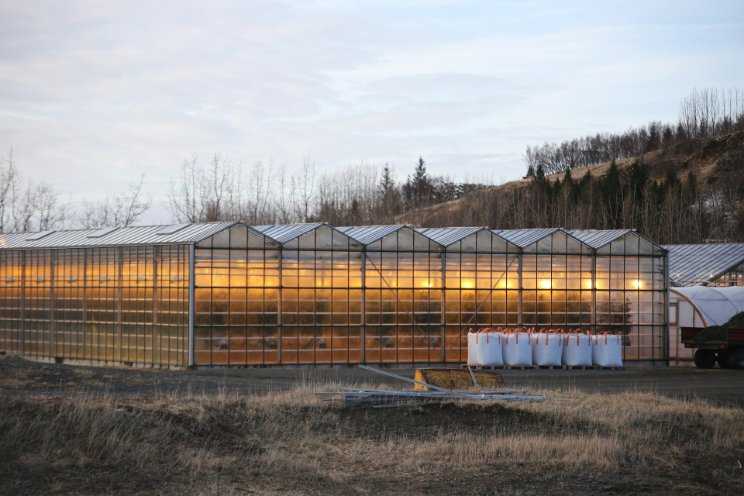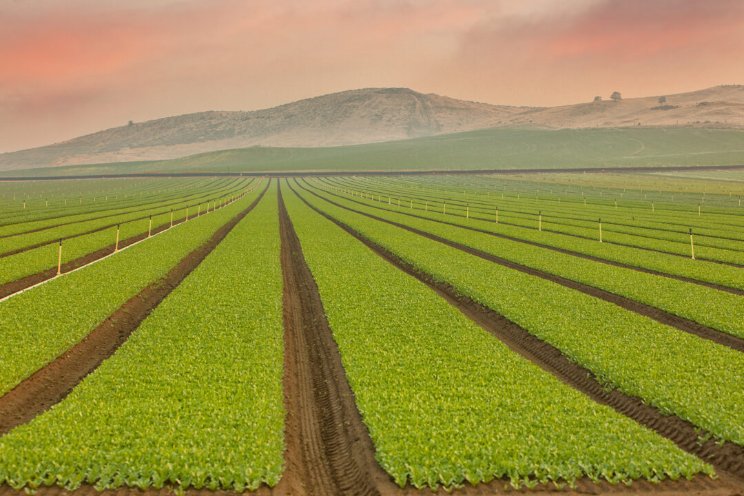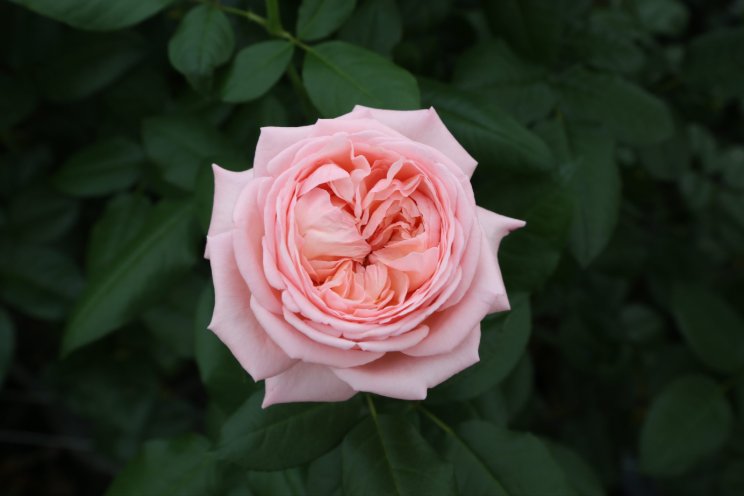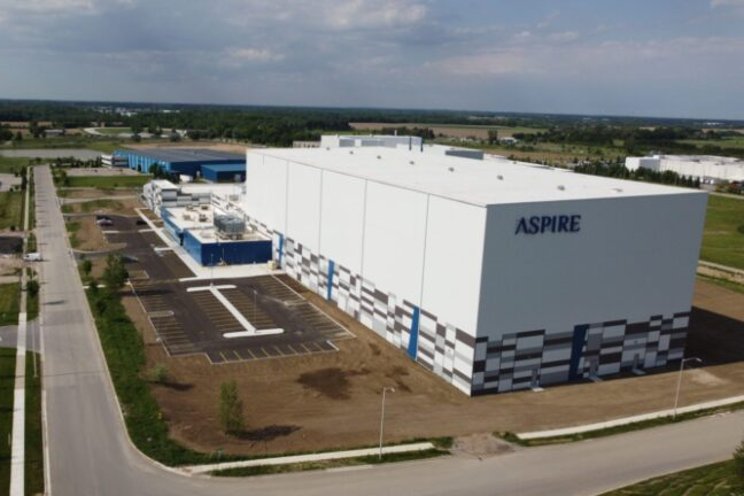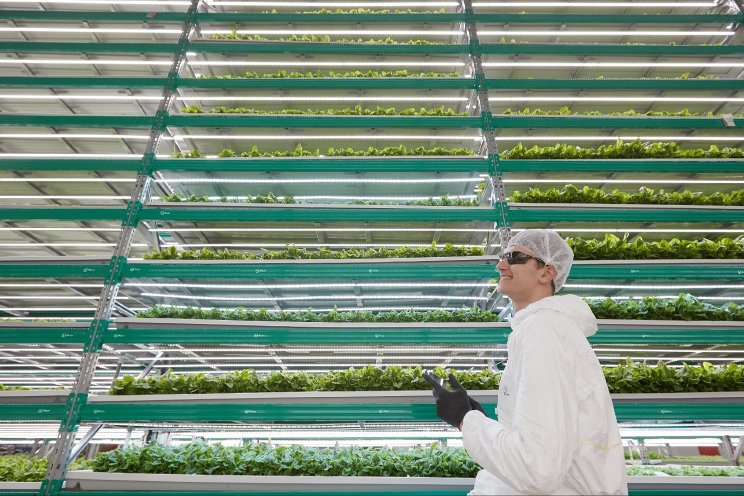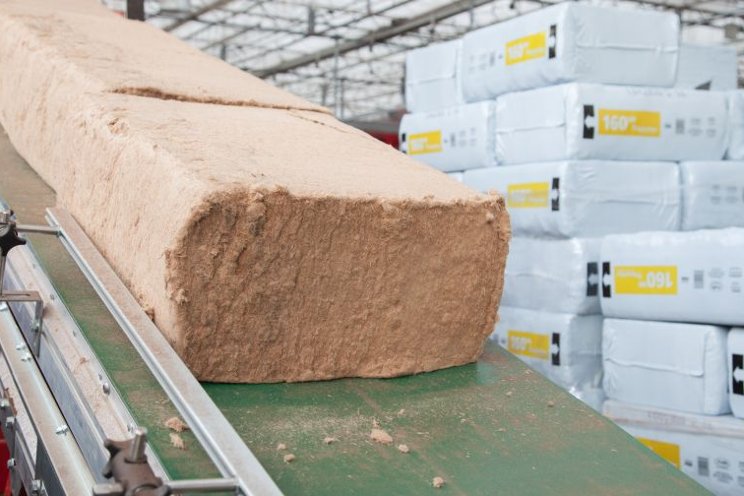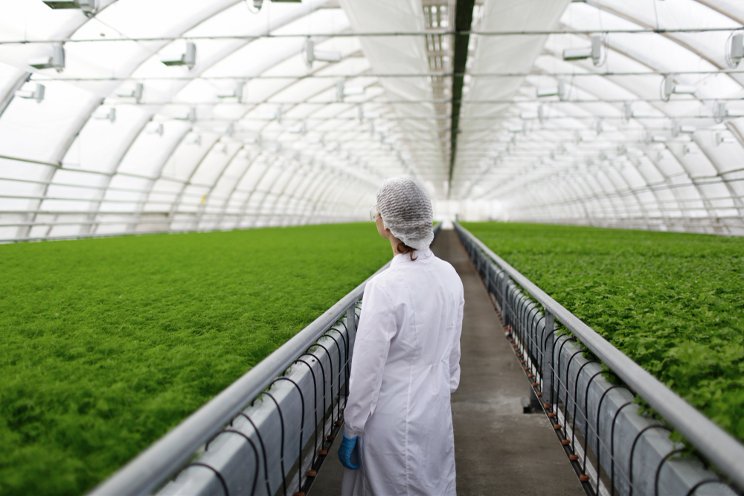Black root rot: Everything you need to know
Added on 21 March 2021
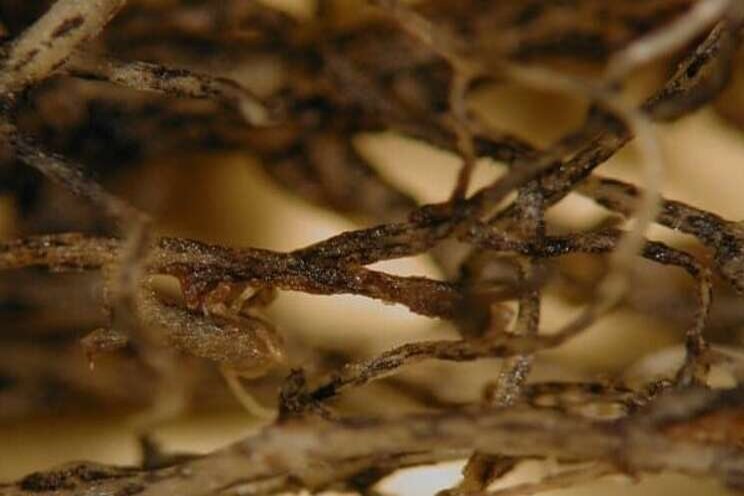
Many growers will often misdiagnose black root rot as a nitrogen or other nutrient deficiency. The key to getting an accurate diagnosis (prior to sending off plant tissue samples for lab confirmation) is to observe whether all plants on a single bench are equally sick looking (likely a nutrient deficiency), or if random groups of plants throughout the bench or tray are affected.
When it is clearly the latter, you likely have acquired some black root rot-infested plant material.
Unfortunately, if your greenhouse scouts are already observing symptoms with the naked eye, it can often be too late to reverse those symptoms and save the affected plants. Prevention, by way of diligent management practices from top to bottom, and an integrated crop protection approach are key.
Cultural practices can help
Emma Lookabaugh, a BASF technical service representative based in Raleigh, North Carolina, stresses robust sanitation practices and the use of only pathogen free plant materials as the two most important practices a grower can implement to keep diseases out of the greenhouse.
"Thoroughly inspect propagative material as it arrives, paying close attention to the roots," she advises. "Always remove and destroy any symptomatic plants immediately." The growing environment can increase susceptibility to the disease as well, Lookabaugh shares, causing symptoms to show up in once healthy-looking plant materials as stress events accumulate.
A classic example," she says, "is growing pansies in the heat of summer for fall plantings. That's a lot of stress on a cool-weather crop and black root rot outbreaks are common in that scenario."
Another management practice to keep black root rot away is maintaining a consistent soil or growing media pH below 5.6, and avoid overwatering, as higher pH readings, wet substrate conditions and cool temperatures favor disease development, she says.
As far as sanitation is concerned, there are some common best practices all growers should adopt. "Maintain clean production areas free of weeds and debris," Lookabaugh says. "Moisture management and sanitation are important to avoid problems with fungus gnats and shore flies, both of which serve as vectors of the fungus spores that can cause black root rot."
Additionally, continue to focus on full room/block sterilization after harvesting a crop, and again before planting. "And do not reuse growing media, or pots and trays," she adds. "This fungus leaves behind thick-walled survival spores, called chlamydospores. These spores can survive for years in soils and debris, and even on benches, floors, trays and pots that have not been disinfected and sterilized."
Lookabaugh notes that there are several greenhouse cleaning and sanitation products, such as BASF's Green-Shield® II Disinfectant, BioSafe's ZeroTol, KleenGrow, and even a simple homemade 10% bleach + detergent mixture, that are effective on the chlamydospores on hard surfaces. As with any chemical used in the greenhouse, always read the product label closely for the most accurate application information.
Options for treating affected plants

© Photo courtesy of Margery Daughtrey
Above ground symptoms of black root rot on Viola.
Products containing the fungicidal active ingredient thiophanate-methyl have been the "gold standard" for prevention and control of black root rot. Since the disease frequently affects young plant material first, it is often applied as a soil drench, early in production.
From the BASF product family, Lookabaugh recommends Orkestra® Intrinsic® brand fungicide, which contains pyraclostrobin and fluxapyroxad. "This is the first BASF fungicide to provide control of black root rot, and it also provides protection against other common soil borne pathogens like Phytophthora and Rhizoctonia," she says, noting the product makes an ideal rotational partner with thiophanate-methyl. "Orkestra Intrinsic offers proven plant health benefits that can be seen as crop resiliency during plant stress events — like drought or cold stress," Lookabaugh adds.
Products containing fludioxonil, polyoxin-D and triflumizole also have black root rot activity. However, these products have shown inconsistent performance in efficacy trials, so "we advise that it is best to use these in a rotation with thiophanate-methyl and Orkestra Intrinsic," she says.
BASF also has plans to launch a brand-new fungicide formulation for the greenhouse and nursery markets in 2021. Lookabaugh says the active ingredient is currently being trialed for black root rot.
Generic vs. branded
Many of the active ingredients traditionally used to prevent or treat black root rot have been around for many years, therefore off-label generic formulations that offer some cost savings are available to growers that choose to go that route.
"A nice thing about BASF products is that our formulations are buffered so that they are optimized for a variety of pHs," Lookabaugh says. "Now, we may be a bit biased here, but we believe that brand name products are superior products."
She adds that some growers have found inconsistencies between different batches of the same generic products.
"It may not be the exact same product every time that you order it," she warns. "And generic formulators do not always conduct plant safety testing to the same standards (as the brand name formulators). Plant safety is the result of the AI and the inert ingredients, so you cannot always assume every generic thiophanate-methyl, for example, will behave the same as the branded product."
Final takeaways
Growers will usually triumph over black root rot if they embrace a high level of sanitation throughout the greenhouse, remain vigilant on inspecting every single plug or tray of plant material that comes into the facility and integrate preemptive fungicide sprays at the right rate and timing.
"This disease can be a minor speedbump in your lane of travel, but with the proper sanitation practices in place and use of preventative fungicide applications, black root rot won't slow you down on the road to healthy plants," Lookabaugh says.
*Always read and follow label directions. Green-Shield® II, Intrinsic® and Orkestra® are registered trademarks of BASF
Photo: Black streaking on pansy roots caused by Thielaviopsis basicola. Courtesy of Margery Daughtrey
Source: Greenhouse Management
Source: Greenhouse Management
More news


